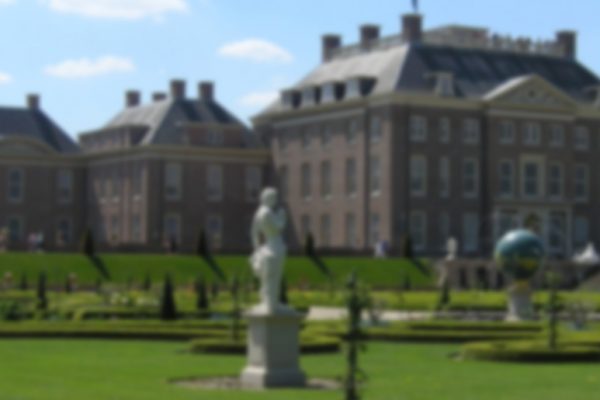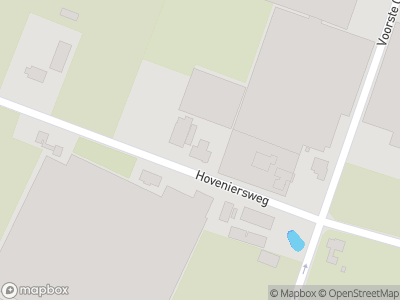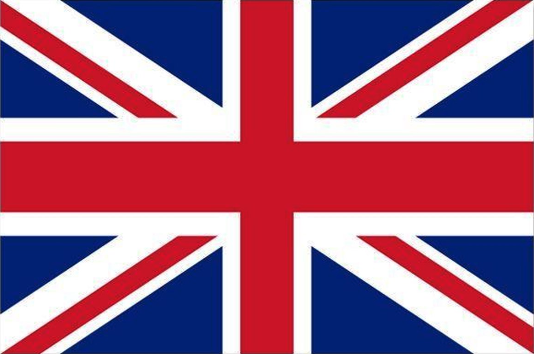Until around 200 years ago, an imposing castle called De Marsch was located on this site. There are no visible remains of the grand castle, but beneath the farmhouse that has since been built here, lie many hidden secrets.
Overmarsch
In the late Middle Ages, De Marsch House was the country home of a minor aristocratic family. It was on loan from the Counts of Guelders and Zutphen. Archaeological research using ground-penetrating radar has shown that there may have been a fortification on that location, even prior to 1200: a so-called motte-and-bailey castle. The first resident we know by name, Hendricus de Mersche (Hendrik van de Marsch), lived there in 1272. The family managed the Overmarsch hunting ground, as well as other places. In 1319 the Gelderland count Reinald II sold the majority of the Overmarsch to the town of Zutphen. The town developed the area over the following centuries. Only a small marshy area to the north of De Marsch remained for hunting. This area remains a hunting and nature reserve, De Sprabanen, even today.
Lintelo House
The oldest depiction of the castle dates from 1573. By then, it was the home of a new family, the Van Lintelos. From the 16th century, the manor was known as Lintelo House. The group of buildings was probably destroyed during the Eighty Years’ War. The house had been on the frontline of the war for almost 20 years. Large-scale reconstruction began shortly after 1600. This time, the house had an unmistakably castle-like appearance with three residential wings, a high stair tower and two corner towers surrounded by a moat. Robert Jasper van der Capellen purchased the castle in 1769 and added the name of the estate to his surname: Van der Capellen tot de Marsch.
Demolition
Robert Jasper earned national fame as the leader of the political faction the Patriots and successor to his uncle Joan Derck van der Capellen tot de Pol. But when the Orangists seized power in 1787, he was forced to flee the country. After a period of exile in France, he returned to the Netherlands in 1795. By then, the castle had fallen into such disrepair that Robert Jasper sold it for demolition. It was worth more as bricks than the house was worth as a whole. In 1801, he sold the land inside the moat as well. A farmhouse was built on the remains of the grand castle. Investigations using ground-penetrating radar revealed an image of the foundations of the castle around the current house.











